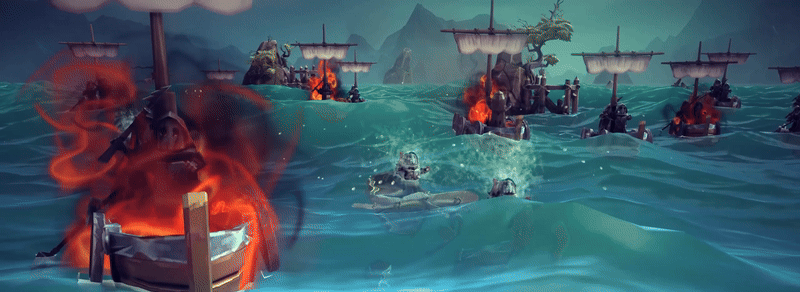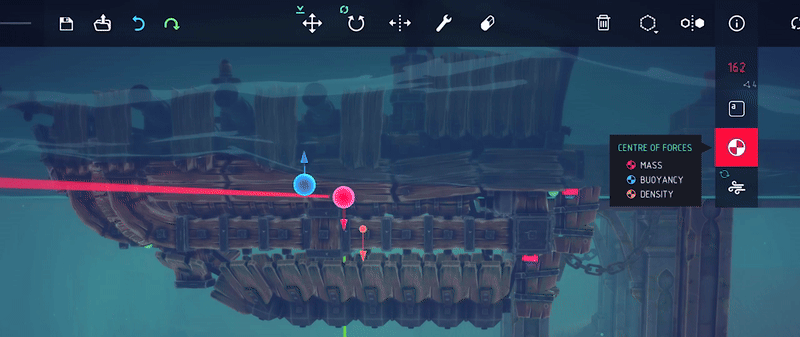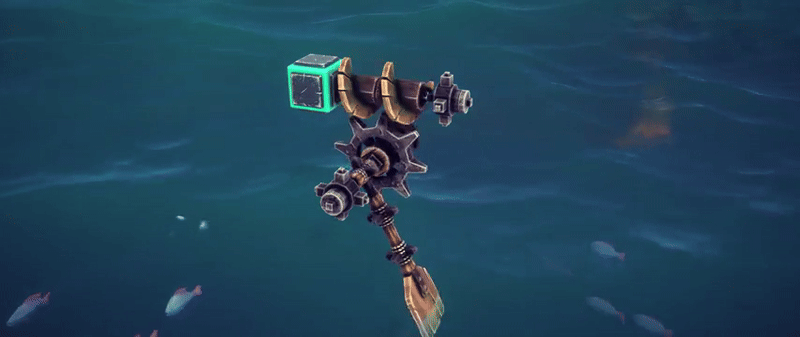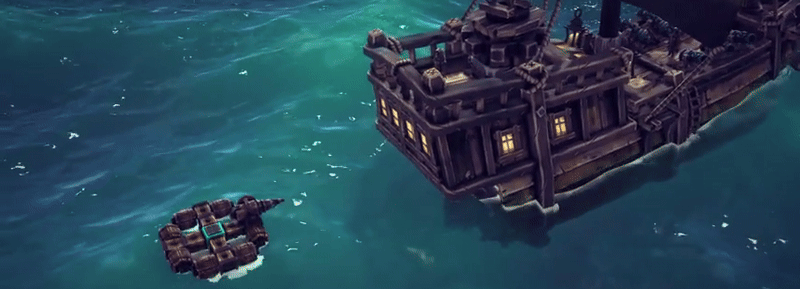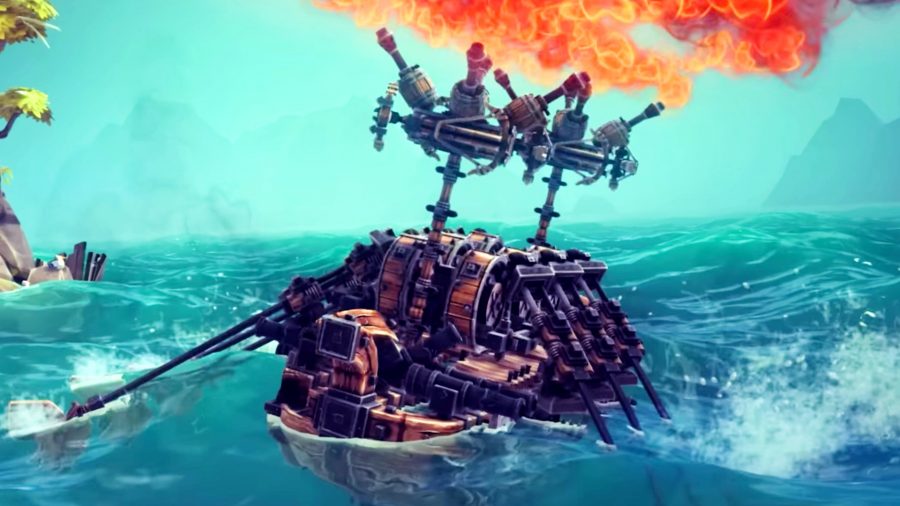Free Update & Supporter Edition - Coming May 24th
There’s just one week to go until The Splintered Sea is released!
Today we’re going to talk about the “Sound Update” and the Besiege: Supporter Edition, which will both be coming alongside the expansion on May 24th.
https://store.steampowered.com/app/2165710/Besiege_The_Splintered_Sea/
Over 40,000 of you have wishlisted The Splintered Sea expansion now, which is absolutely amazing!!! This will massively help boost our exposure on Steam at launch!
If you haven’t already, please consider wishlisting the expansion, it makes a HUGE difference to us and every person counts!
If you’ve been hanging out in our community Discord lately, you may have heard whispers of a free update to Besiege that’s coming alongside the expansion’s release.
The main feature of this update is a new sound system we’ve implemented for Besiege, one which has enabled us to add more sounds to Besiege’s blocks & physics interactions!
At the core of this new system is audio mixing. Each type of sound (blocks, physics, etc) now has it’s own independent track, giving us & you greater control over output and consistency.

In the old system, multiple sounds playing at the same time would stack, ever increasing in volume to deafening levels that could drown out all other sounds. The new system has soft limiters in place to ensure any one track doesn’t drown out another, as well as a kind of hierarchy that ensures important sounds are prioritized over less important ones. For example, a sheep cannot drown out the sound of your flamethrower. It also means that Besiege’s music will always be audible, regardless of how many sound effects are playing.
The new system has made us far more comfortable with the idea of adding additional sound effects to the game, whereas before we were concerned with large numbers of sounds becoming deafening.
[previewyoutube]VIDEO SHOWING OFF NEW SOUNDS (Dinosaur?)[/previewyoutube]
With this update, we’ve added more than a dozen new sound effects to existing blocks and physics interactions. Among the highlights are: Wheels, Steering blocks, Steering Hinges, Spinning block, Flamethrower, Propellers, Springs, Pistons, Metal Jaw, Automation Blocks, Powered Cog, Water cannon and more.
Collision sounds are now proportional in magnitude to the velocity of an impact and all metal blocks now have a collision sound effect. Wooden blocks now have a breaking sound effect, including surface blocks. Glass surface blocks also have their own breaking sound effect and each piece that breaks off the surface block becomes its own entity, capable of triggering sounds, which creates a very satisfying shattering effect.
[previewyoutube]VIDEO OF CAR CRASH[/previewyoutube]
The new system has also enabled us to have tracks that overlay & modify other tracks like blocks, physics, etc. A practical use of this is demonstrated in The Splintered Sea’s water environments, where positioning the camera underwater changes the game’s audio to make it sound as though you’re actually underwater.
This system will also ensure that any sound effects replaced through mods will have the same effects applied to them as Besiege’s original sounds, making them consistent with the base game. Modders will also be able to use audio mixing to add new blocks and ensure they have the same style applied to them.
We’ve also given a bit of love to the old sandboxes with this update, adding new ambient sound which makes them feel less sterile, and for the expansion launch we felt compelled to replace the existing cannon sound with something more… substantial. ;)
The update will also bring a large number of improvements & bug fixes (some of which have been suggested through our community Discord) and we’ll do our best to publish a complete changelog with the launch post!
As we’ve discussed with the community, player support is what enables us to keep developing Besiege, adding new content, features, improvements & bug fixes for all to enjoy. We hope to continue working on Besiege for many years to come, but in order to do that we need your support.
With that in mind, we’ve created the Besiege Supporter Edition which will launch on May 24th alongside The Splintered Sea expansion. This bundle is for those of you who would like to contribute extra support toward Spideling and our development of Besiege.

As a thank you, purchasers of the Supporter Edition will receive a mastered album of Besiege’s soundtracks and a special animated skin for the Source Cube, giving it the appearance of a motorized engine. The Supporter Edition will be a “complete the set” bundle, meaning if you already own Besiege (or The Splintered Sea) the bundle will be discounted to reflect that.

Given that DLC is such a controversial subject these days, we’d like to put forward a disclaimer.
We have no intention of flooding Besiege with micro-sized or overpriced DLC. The Supporter Edition is not a product, but rather a way for fans of Besiege to contribute extra support for the game they love. Its content is a small token of thanks from us, for that support, and it will not be available to purchase separately.
If the Supporter Edition sounds like something you'd be interested in, we'd be grateful if you could wishlist the packs at the bottom of this post. It really helps boost Besiege's exposure on the Steam store. Thank you.
That’s all for this week folks! Less than 7 days to go for The Splintered Sea!!!!!!
We’re crazy hyped and we hope you are too!
Cheers everyone,
Von
https://store.steampowered.com/app/2959970/Besiege_Supporter_Pack
https://store.steampowered.com/app/2959930/Besiege_Original_Soundtrack/




